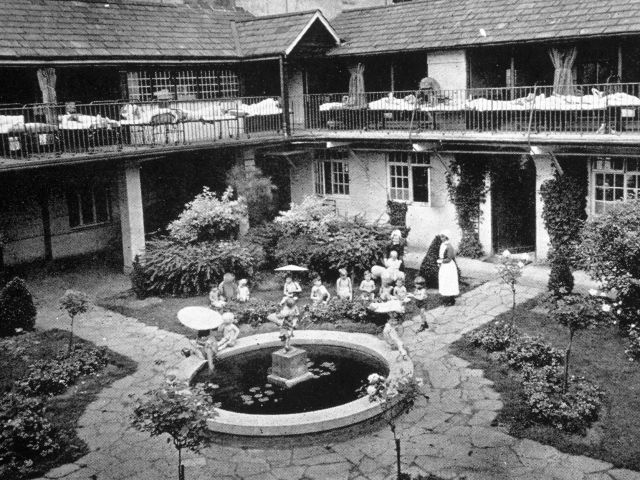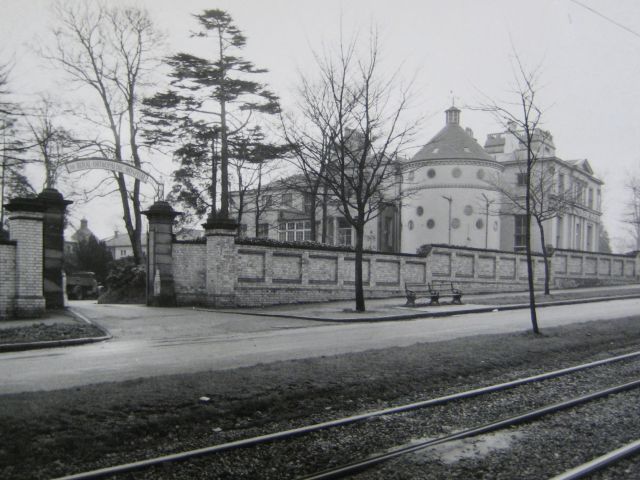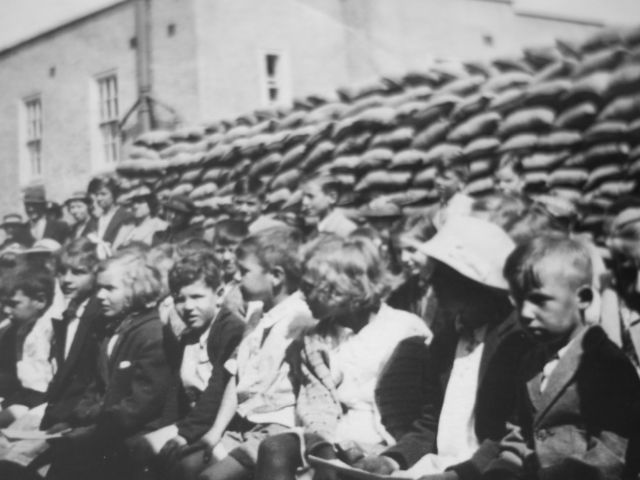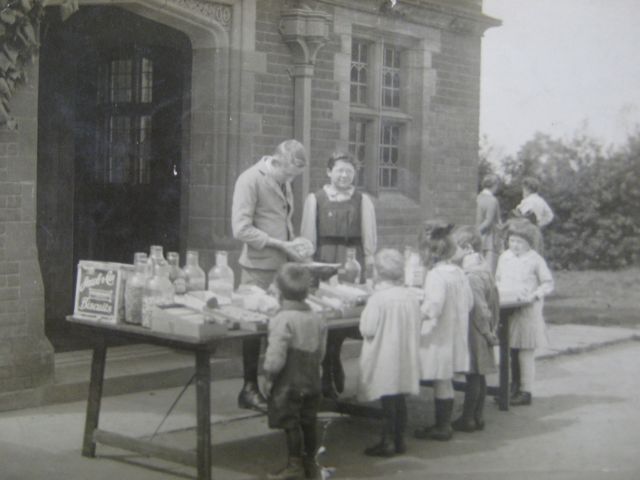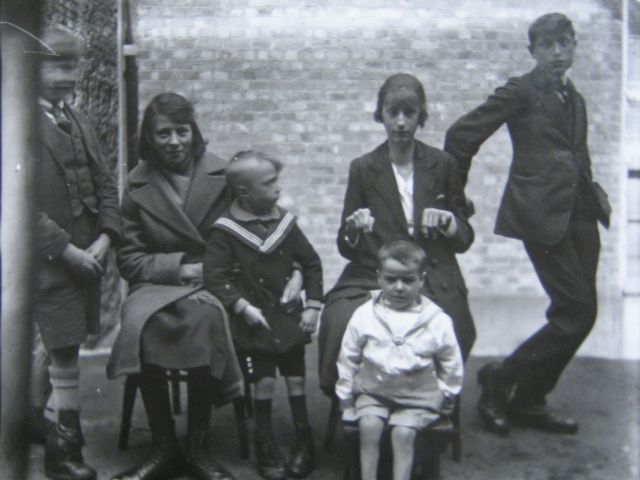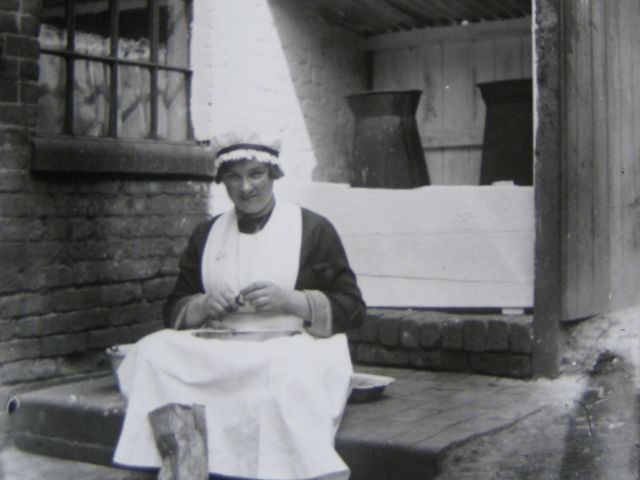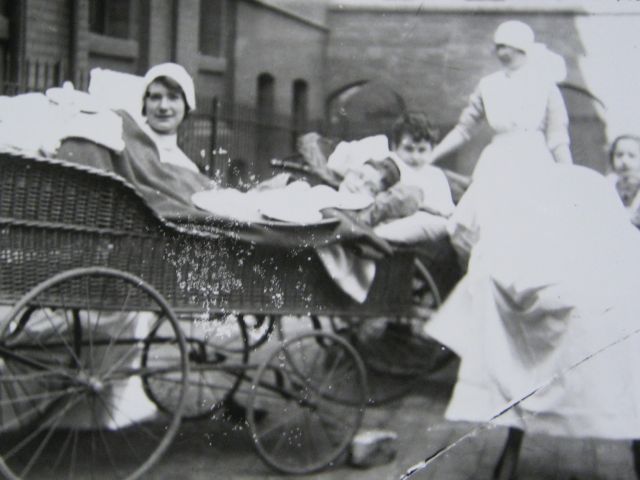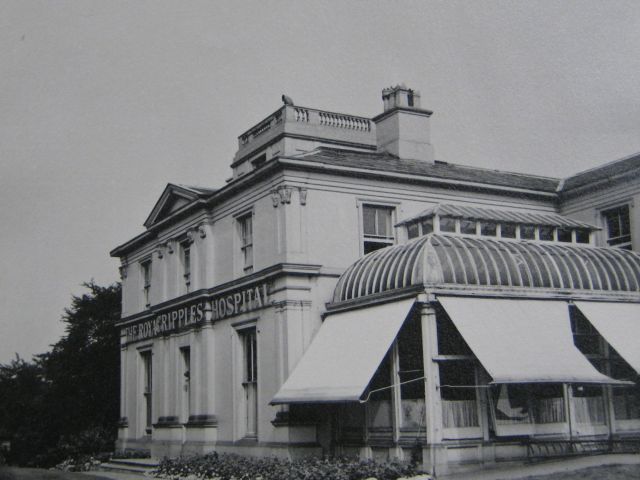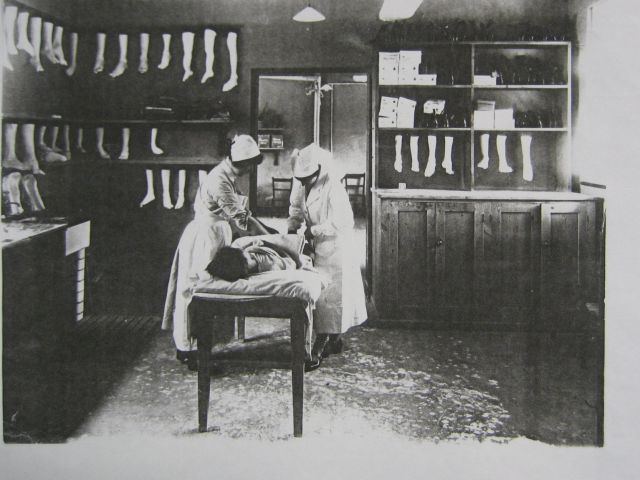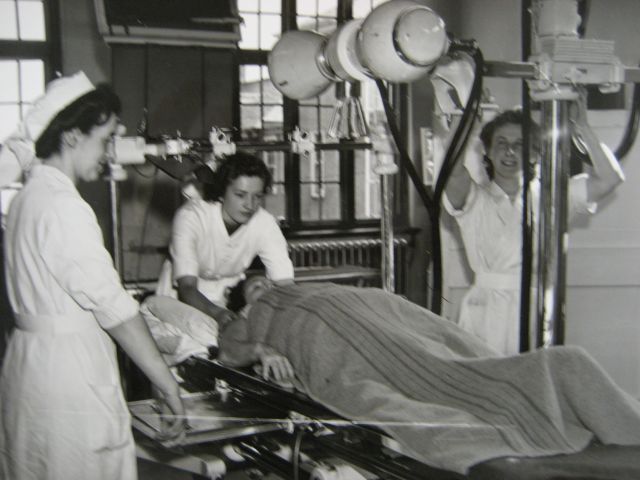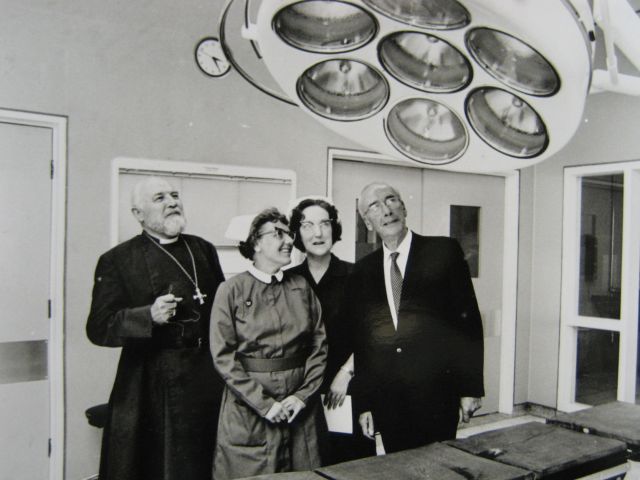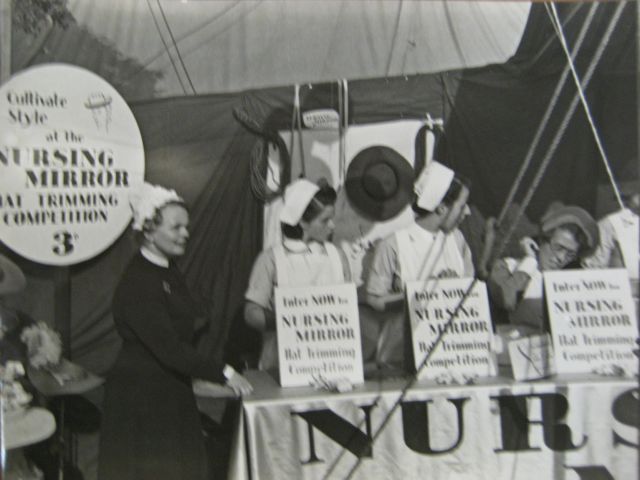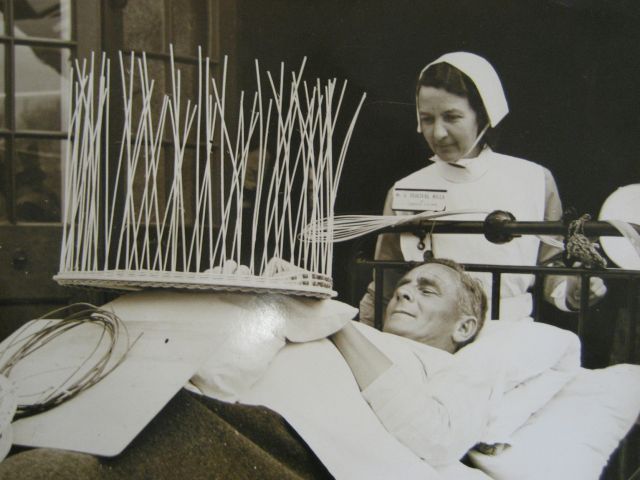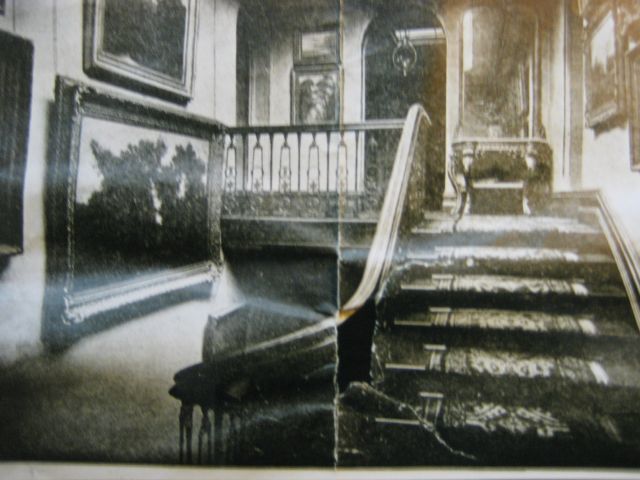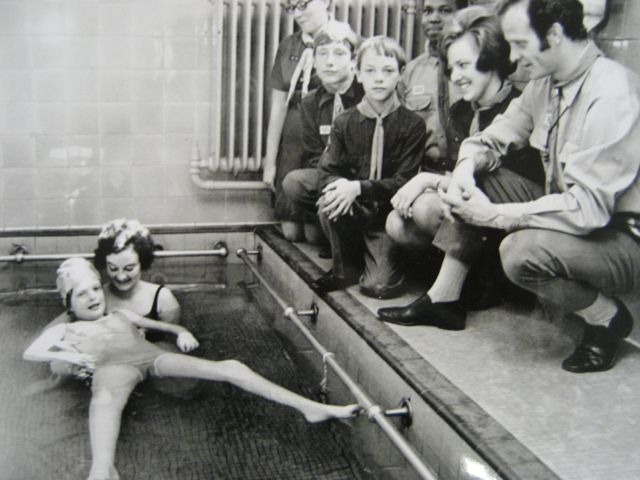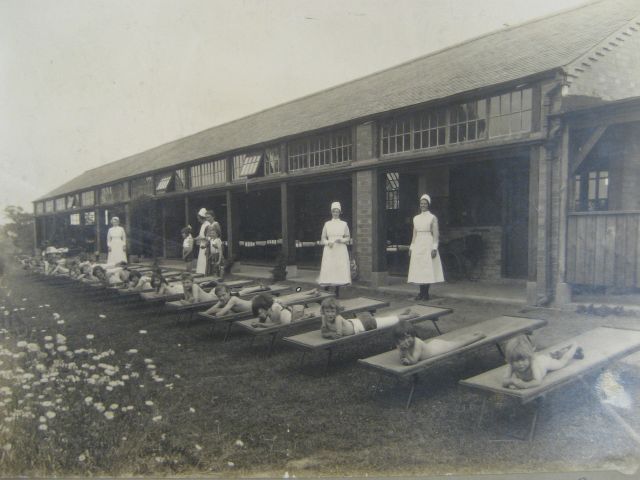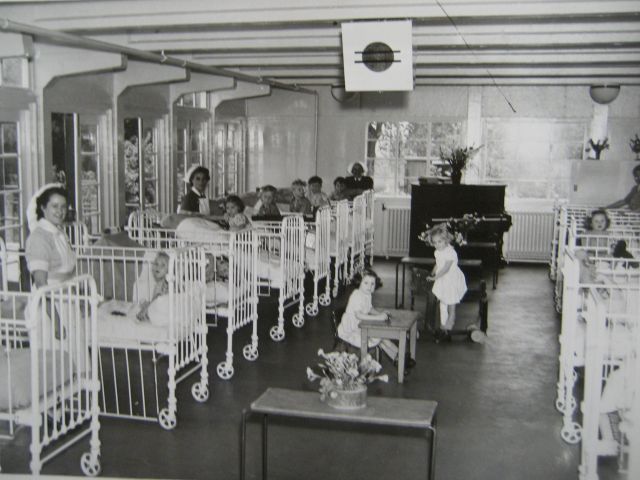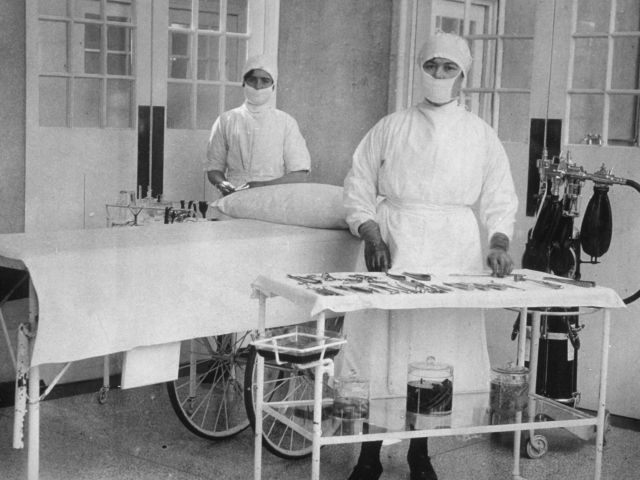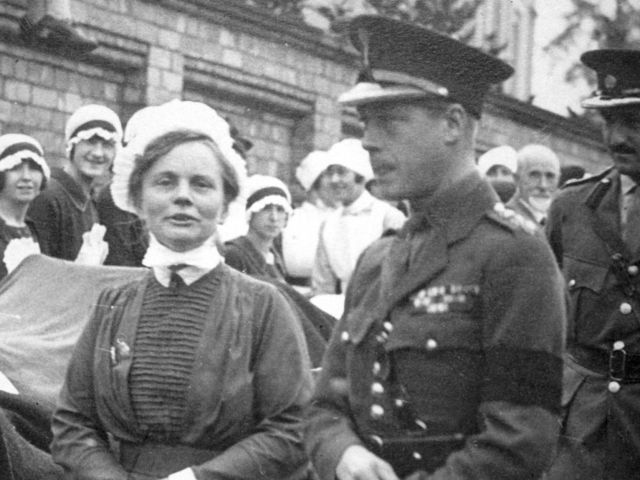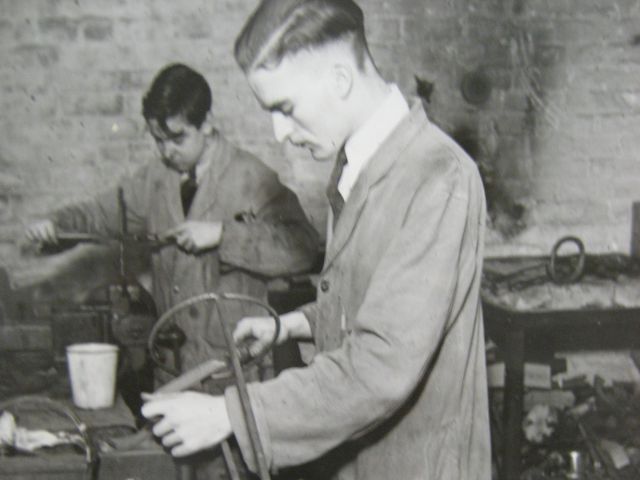Heritage and history
The story of The Royal Orthopaedic Hospital has unfolded over 200 years. It's an amazing story of care, compassion and innovation. People are at the heart of our story. Our hospital was established to meet the needs of local people - to reduce their pain and restore their independence. That legacy still drives us today. While the care we deliver now is incredibly sophisticated, we are still motivated by helping local people to live healthy and active lives.
Are you a former ROH patient?
Do you have memories of ROH? Share your story with us and we'll include them in our archive
Email is at
History of the Royal Orthopaedic Hospital
18th Century
Throughout the late 18th and early 19th century, the industrial city of Birmingham was expanding rapidly and the population suffered considerable medical and social problems.
The General Hospital in Birmingham was established in 1766 to take care of patients with medical and surgical problems, looked after expectant mothers, and a dispensary provided medicines and vaccinations.
1817
In this expanding city, there was no provision for people with bodily deformities caused by bone and joint problems. On 17th June, a committee chaired by the Earl of Dartmouth was established to provide a “general institution for the relief of persons labouring under bodily deformity”.
The first surgeon at this new hospital was Mr Freer, whose portrait currently hangs in the Board Room.
1877
From the earliest days of the hospital, it received a lot of support from local people and had a variety of locations.
In 1877 the hospital was moved to Newhall Street. In 1888, a new wing was added to the hospital, with the help of a donation from Queen Victoria, who allowed it to be called ‘The Royal Orthopaedic and Spinal Hospital’.
1891
The hospital started to receive medical students from the Birmingham Medical School.
1898
Technical advancements were starting to be used in medicine, such as the first use of x-rays in 1898.
1907
At the same time as the Royal Orthopaedic and Spinal Hospital was developing in Newhall Street, the Birmingham Cripples Union in Hurst Street was looking after children with polio, tuberculosis of bones and joints, and spinal problems.
In this year, chocolatier and philanthropist Mr George Cadbury gave a house and land in Northfield, known as 'The Woodlands', to the Birmingham Cripples Union.
1925
The Royal Orthopaedic and Spinal Hospital and the Birmingham Cripples Union merged, and King George V officially named the organisation ‘The Royal Cripples Hospital, Birmingham’.
The 1920s and '30s
The hospital was able to invest in outpatient facilities at Broad Street and inpatient facilities at The Woodlands, alongside other convalescent services.
During this period, there were four surgeons undertaking regular operating lists at the hospital; the most famous of which was Mr Naughton Dunn. Mr Dunn was taught by prominent orthopaedic surgeon, Sir Robert Jones, and he helped to provide orthopaedic treatment to military patients during WW1.
Mr Dunn is most renowned for developing a method of fusing paralysed feet during this time, which was used all over the world for many years afterwards.
1932
The hospital was visited by Sir George Newman, Chief Medical Officer of the Ministry of Health, who described the organisation as, “not a government department managed from Whitehall, but a triumphant achievement of the co-operation between voluntary and state action”.
1948
The creation of the National Health Service (NHS).
The story of the Royal Orthopaedic Hospital in the days of the NHS is one of great technical, academic and medical advances, with high standards being set in nursing and physiotherapy. Great importance was placed on the training of nurses and physiotherapists at the hospital, a value which continues to this day.
Among the many individuals who advanced orthopaedic surgery were Francis Allen (spinal deformity surgery) and Rodney Sneath (bone tumour surgery).
1997
The Royal Orthopaedic Hospital NHS Trust Charity was formed this year, to support patients, their families and carers, as well as providing funding for specialist training, equipment and knowledge to staff at the ROH.
In 2022 the Charity was rebranded as the Royal Orthopaedic Charity (ROC).
2019
Former ROH patient, Mr Michael Dubrowsky passed away in 2014 and left a significant legacy gift to the Trust following treatment he received for chondrosarcoma.
This generous gift enabled the ROH to invest in a state-of-the-art laboratory: The Dubrowsky Regenerative Medicine Laboratory.
The laboratory was officially opened on 17 December 2019.
2022
Staying true to the hospital’s original aims of helping local people, this year has seen various locations in the community open, such as an MSK clinic in Harborne, and Community Health Hub on Griffins Brook lane, which supports trainee advanced practice physiotherapists and new employees in the MSK service. Development work started on a state-of-the-art Physiotherapy department and gym at College Green.
Innovative robotic technologies are now regularly used in orthopaedic surgery at the ROH, with over 100 knee replacements completed to date using this equipment.
Present day
The Royal Orthopaedic Hospital has benefitted from significant investment over the past twenty years including the building of a new outpatient department, new modular theatres and a state-of-the-art regenerative medicine laboratory.
